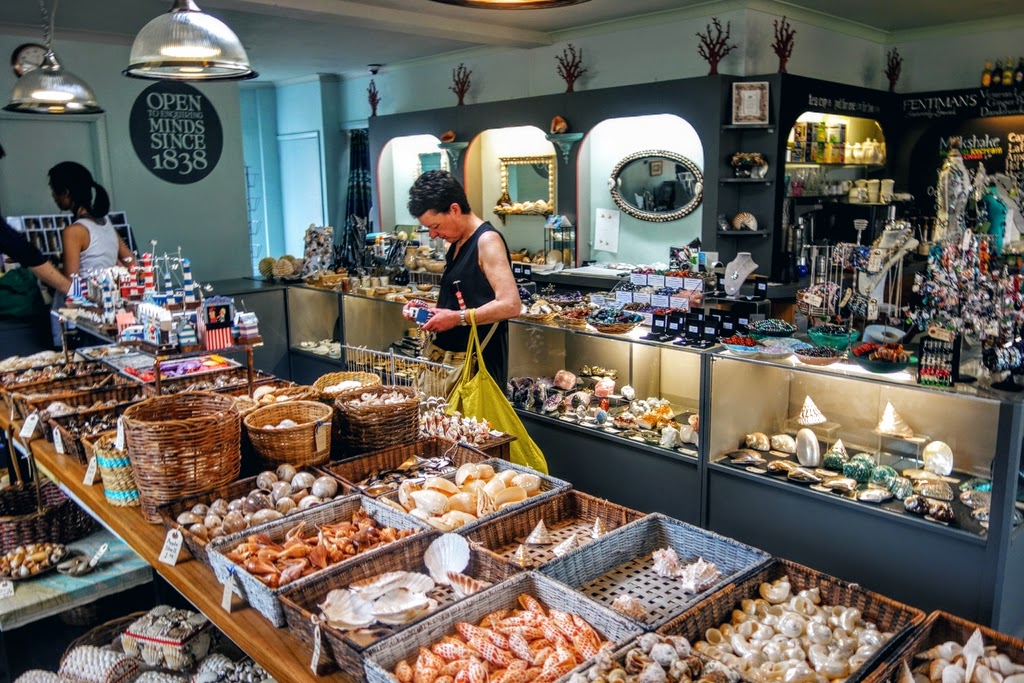Following on from my last post about Broadstairs and the merits of being a tourist in your hometown, I decided that after 24 years of living (at least part-time) in Margate, it was probably time to visit the Shell Grotto.
It's within easy walking distance of Margate's Old Town and other delights such as the Tudor House so is a great addition to a day wandering around Margate.
But first, lunch!
The Greedy Cow has been a feature of the old town for a few years and never fails to impress with vibrant and delicious dishes. The cheese toastie was absolutely delicious and seemed to transcend the eternally wonderful combination of bread and cheese (if that's even possible!). But plumping for a salad won't necessarily leave you with food envy either, take a look at that delicious plate of veg and halloumi!
It's incredibly popular with tourist and locals alike.
After lunch with my family (aren't my sister and her boyfriend cuties?), Michele and I headed off to the mysterious Shell Grotto...
Your visit begins in a small museum filled with souvenirs from the grotto's past and various intricacies made from shells from around the world. I particularly loved the sailor's valentines above which the intrepid men would bring back to their loved ones back home.
Then you descend further underground into the grotto itself...
They're still not completely sure when and why the grotto was built. Various theories have been flung around but not one has managed to hold its own against various counter arguments. Many believed it to have been a copy of the beautiful shell grottoes of the Mediterranean but the land beneath which it sits was still just farmland at the time of its discovery - and if someone were to construct one of these with the sole purpose of showing off, why hide it under someone else's field?
These kinds of grottoes were popular in the 1700s and would have required a great deal of labour to construct. As such, the argument goes, why would the grotto have been completely collectively forgotten by the early 1800s when it was rediscovered?
One big clue could be the age of the shells themselves. Whilst carbon dating is a possibility, the number of specimens needed to be tested in order to produce a reliable result is incredibly high.
Another thing to note is the smoky blacks and greys of the grotto - it looks more like it has been made from the local flint than shells! This is due to the use of gas lamps in the grotto when it was first opened, covering all of the shells in a fine layer of soot. Cleaning has been considered but it is likely that the shells have lost their natural colour by now anyway and many of them are incredibly delicate so it would likely do more damage than good.
There's a decidedly eerie feel to the grotto. There is, after all, a grotto ghost - a mysterious lady has been sighted on various occasions and you can see artists' impressions of her in the museum.
We hurried back up to the land of the living.
Finally, we dragged ourselves away from the brightly coloured gift shop and headed outside to walk home in the glorious British weather.
A thunderstorm.
Of course.





















Being a tourist in your own town is great, the sea shell museum looks great Lucy x
ReplyDeleteWe did the same with Canterbury a few years ago - so much fun! It's amazing how much you miss when you live in a place! xxx
Delete